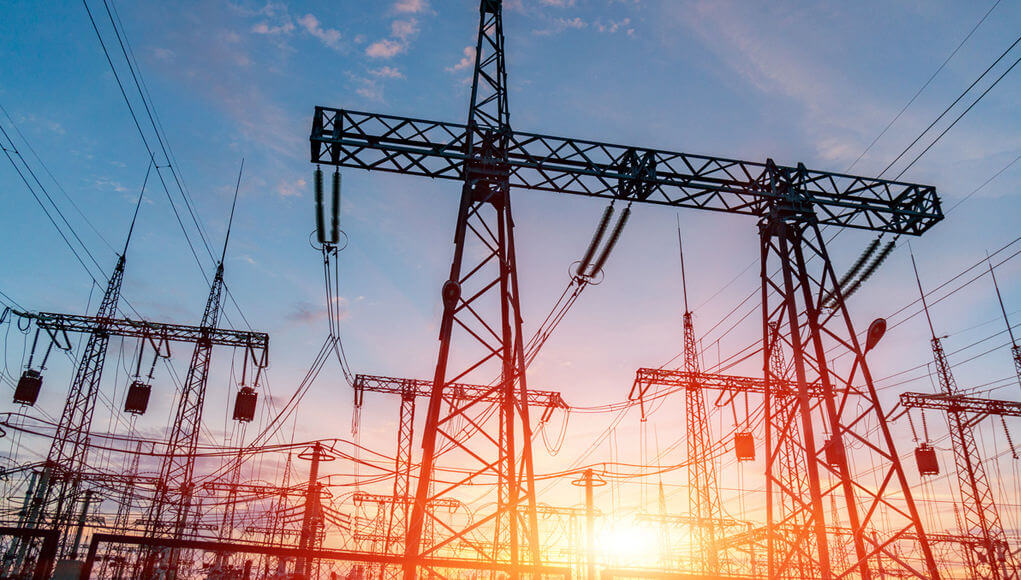The power supply is undoubtedly one of the vital elements that contribute to the overall development of the country. The power distribution in India is considered one of the most diversified markets in the world. From conventional power generation sources like natural gas, coal, ignite, nuclear power, and hydro to un-conventional sources like solar, wind, and agricultural and domestic waste, the power source in the country is truly varied.
In May 2018, India was positioned at 4th place in the Asia Pacific region for measuring its overall power. There were a total of 24 countries in the index. Additionally, the energy deficit in India reduced to 0.7 percent in the year 2018 from concerning 4.2% in 2014.
In 2018, 100% of village electrification was attained under the Deen Dayal Upadhyaya Gram Jyoti Yojana (DDUGJY). With the country developing at a fast pace, the demand for electricity has doubled, and it is only expected to grow in the coming years. And to meet this increasing electricity demand, there needs to be a massive addition to the existing installed sources to meet the capacity requirements.
The Consistently Growing Market Scenario
The power sector of India is going through a serious evolution that is redefining the whole outlook of this industry. Today, sustained economic growth seems to be the driving force that is leading its growth. The government is concentrating on a “Power to all” approach, so the country is working on building more capacity.
Moreover, the competitive intensity is growing at both the supply and market side, and the overall installed capacity as of May 2019, came around 356.82 Gigawatt (GW). The growth in the industry is backed by solid investments; between 2000 and 2019, India’s power industry collected USD 14.32 Billion in Foreign Direct Investment (FDI). This collection accounted for around 3.41% of overall FDI inflow in the country.
What the Future Holds?
The power generation companies in India are working with the initiative to provide quality and affordable electricity to all, there will be many trends governing the power sector. And below we have mentioned some of the power trends that will be in focus –
> The demand for grid electricity is speculated to grow between 2,057 and 2,341 TWh by 2030. Between 1,090 and 1,779 TWh will be contributed by coal, and a substantial percentage will be dependent on the non-fossil penetration. With over 50% contribution share, coal will remain the dominant source. The overall power generation from captive is expected to boost between 318 and 361 TWh, and coal will be contributing two-third of this generation.
> The demand for coal in the power sector will witness an increase from 672 Mt in 2017 to need of 827-1,277 by the year 2030, making the reliance less based on past trends. The data indicates that the demand for coal will not increase beyond the above limit if the deployment of solar and wind capacities are executed in an efficient manner.
> Considering the past trends and future quality of coal, the share of imported coal may increase from 12.2% in 2017 to 15.5% by 2030 (129-198 Mt). Moreover, the declining coal calorific value will increase the demand for mining of domestic coal to around 75 Million tones.
The Indian government has extended a roadmap to achieve 175 capacity of renewable energy by 2020, which comprises of 60 GW of wind power and 100 GW of solar power. Furthermore, the Union Government of India is planning a rent a roof to support its objective of producing 40 gigawatts of power via its solar rooftop projects.
India would become the first country ever to use LEDs to fulfill all lighting needs and save up to INR 40,000 crore yearly. All parts of the country are on board with the government’s vision to provide affordable and quality electricity to all. With the structured plan that the government has, it is evident that the future of the power sector in India is bright and holds a lot of prospects.











